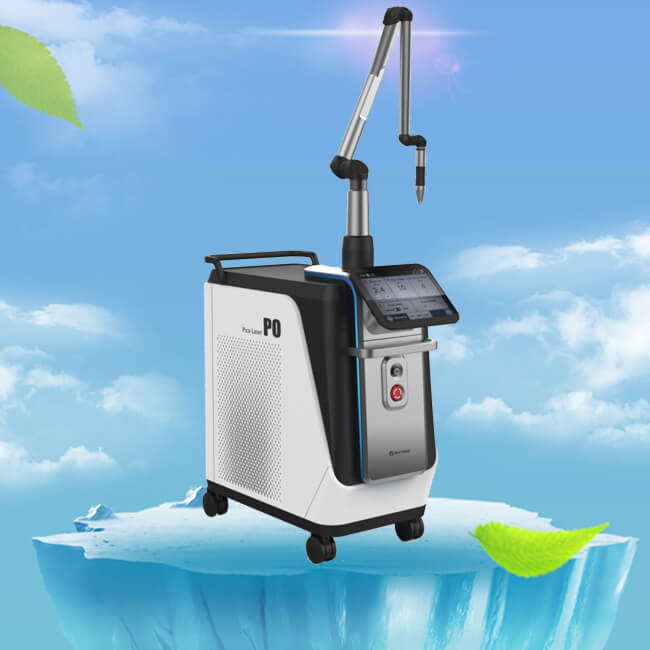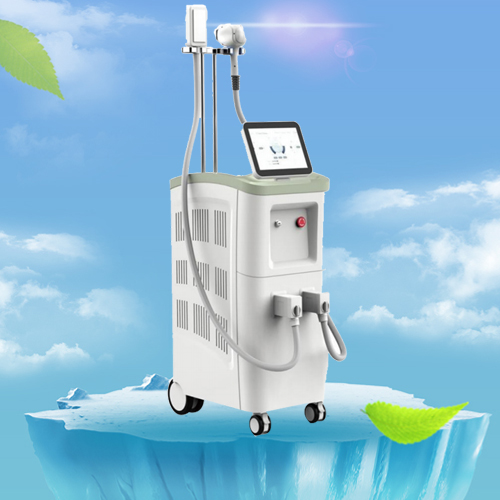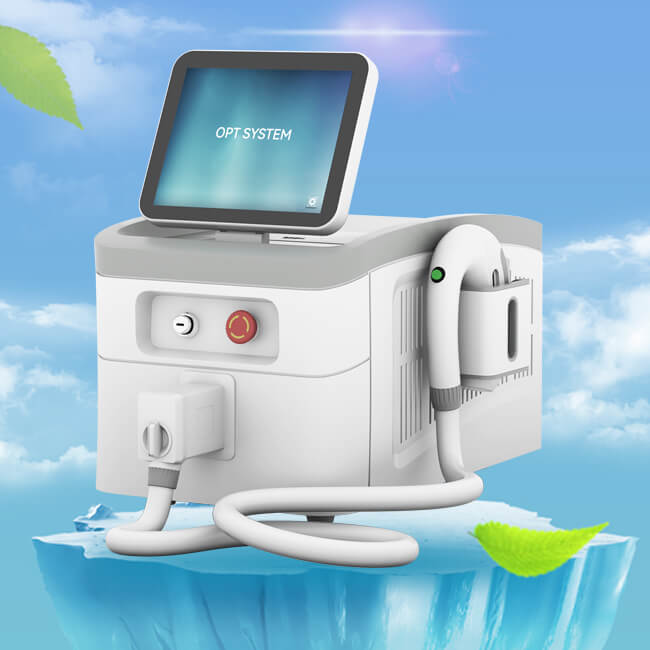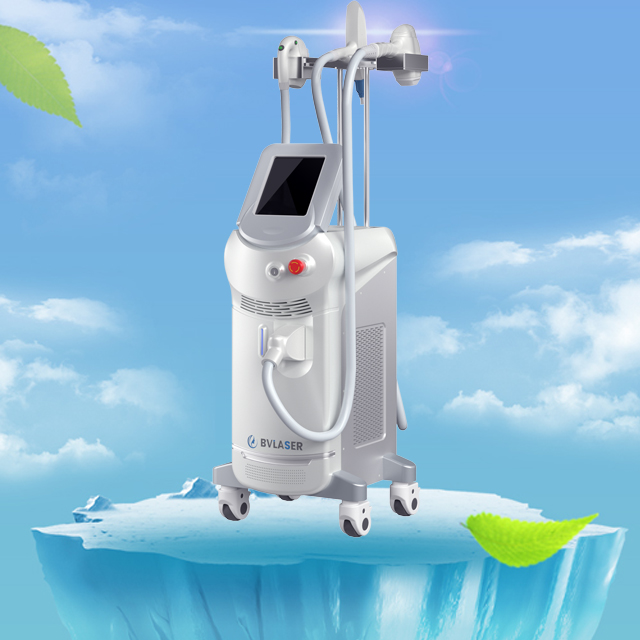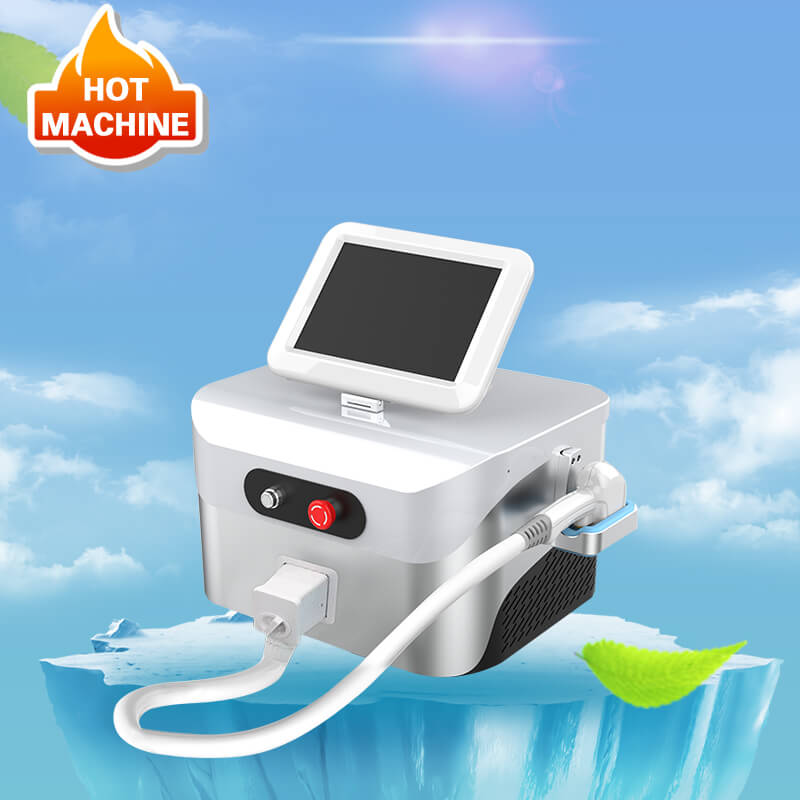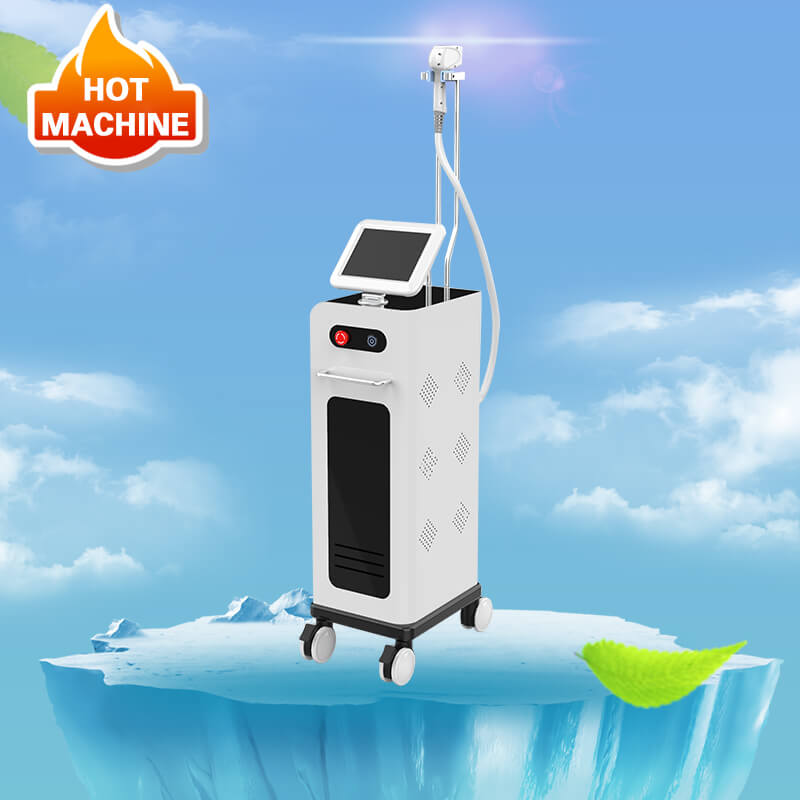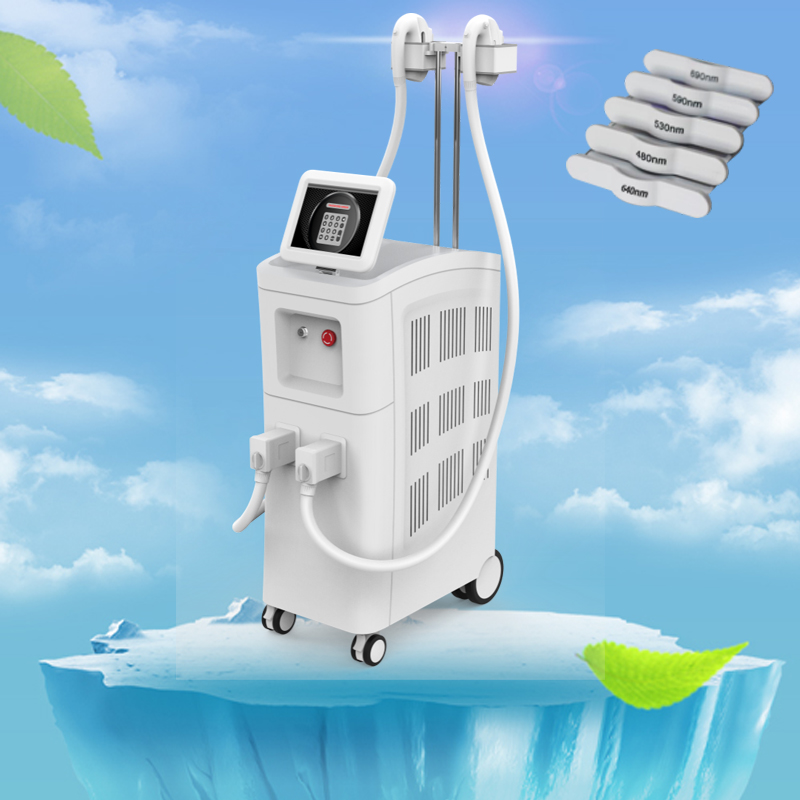Scar Treatment with Fractional CO2 Laser Skin Resurfacing
Author:baishilf Time:2025-04-14 15:46:50
Scars can be a lasting reminder of past injuries, surgeries, or skin conditions, often affecting both appearance and confidence. Fortunately, advanced CO2 fractional laser machine treatments can significantly improve the texture, color, and overall appearance of scar tissue.
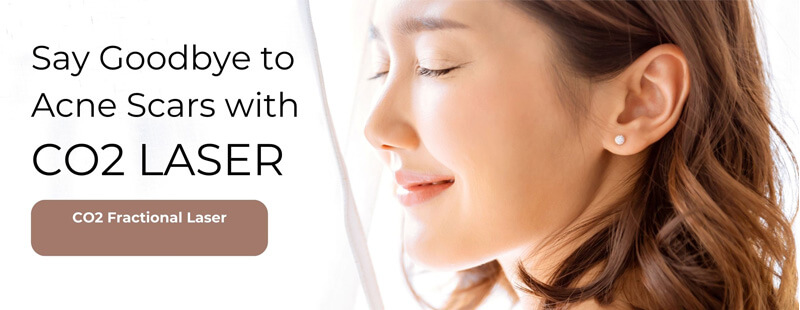
Fractional CO2 Laser Resurfacing for Scar Revision
Fractional CO2 Laser Skin Resurfacing is a highly effective laser treatment designed to:
*Improve skin texture and tone.
*Smooth out scars, wrinkles, and fine lines.
*Stimulate collagen production for natural skin regeneration.
*Tighten and firm the skin for a more youthful appearance.
This innovative CO2 fractional laser technology creates microscopic channels in the skin, surrounded by untreated healthy skin. These untreated areas help accelerate the body’s natural healing process, resulting in faster recovery and enhanced collagen production. The new collagen plumps up the skin, softening scars and other imperfections.
The treatment can be customized to target different areas at various depths, making it ideal for treating surgical scars, acne scars, and other skin irregularities.
Whether or not you are a good candidate for fractional laser treatment will be determined during your initial consultation. Your specific concerns will be addressed and detailed information about the treatment, and what to do and expect after the treatment will also be provided. Your esthetic team will work with you to plan the CO2 laser treatment that is best for you.
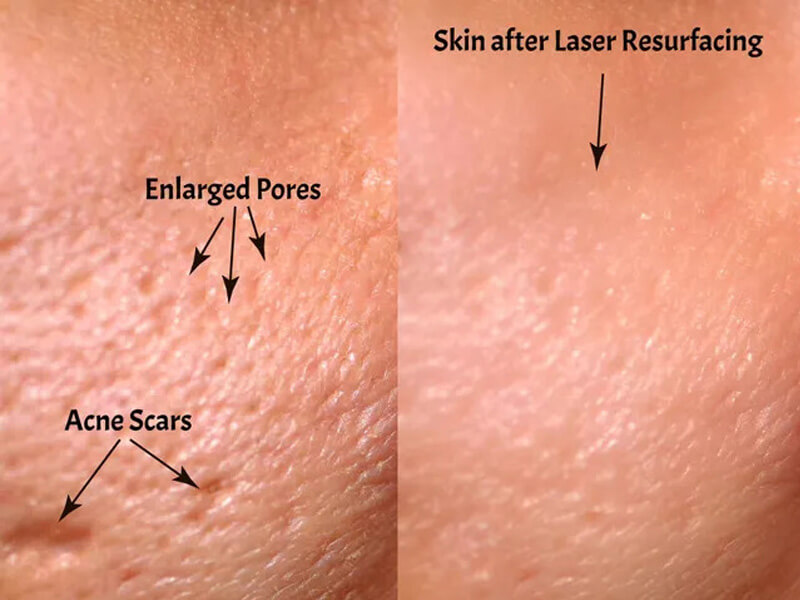
Frequently Asked Questions
#Who is a good candidate for fractional CO2 laser resurfacing and what skin problems can be treated?
Individuals concerned about superficial as well as deep lines and wrinkles “laugh lines”, “lip lines”, “crow’s feet”, upper and lower eyelid skin, acne and other scars are good candidate for treatment. CO2 fractional laser can soften, smooth and tighten the skin. Brown spots or “sun spots” or uneven texture caused by sun or environmental damage can be softened or sometimes eliminated. The CO2 fractional laser stimulates the production of new collagen resulting in tighter and younger looking skin. CO2 fractional lasers do not treat skin redness or broken capillaries, so their appearance will not change. Ask your esthetic staff about other laser treatments for these skin conditions.
#Are there any conditions that would prevent someone from receiving fractional CO2 laser resurfacing treatments?
Patients with autoimmune diseases like Lupus or Scleroderma are not candidates for Fractional CO2 Laser treatments as these conditions interfere with the skin’s ability to heal. Patients taking daily blood thinners prescribed by their doctors for medical conditions may not be candidates for treatment. Accutane users must wait one year before the end of taking medication before treating with the CO2 Fractional Laser. People with darker skin tones are not ideal candidates for this treatment due to the risk of pigment changes. Individuals with tanned skin, whether from natural sun light, tanning beds, or spray lotions must wait until the tan has faded or worn off before undergoing the CO2 laser machine for skin treatment.
If you are not a candidate for CO2 Fractional Laser treatment, your esthetic team can discuss alternative treatments.
#How does the CO2 fractional laser feel?
Prior to treatment, a topical numbing cream is applied to the skin to help prevent discomfort. Most patients say that the CO2 laser treatments feel like warm or hot “pinches”. Some patients prefer to take an oral medication to help them relax before treatment. Injections of numbing medication such as Novocain can be used for certain sensitive areas.
After the treatment, patients report feeling like they have sunburn in the treated areas that generally lasts for the first four to twenty-four hours after treatment. To reduce swelling and provide comfort after treatments, patients use ice packs and Tylenol or Ibuprofen, as needed.
#What can you expect after CO2 fractional laser treatments and are there any restrictions?
All patients experience redness initially. Immediately after the CO2 laser treatment, the skin is usually red and swollen. Redness and swelling maybe milder with light treatments and last just a few days. Redness will be more intense after mid to deep treatments and last 1 to 2 weeks after your treatment. Subsequently there will be “pinkness” to the skin that may last 2 to 12 weeks depending on your skin characteristics and the “depth” of the treatment. Cover up make-up can be used to hide the pink color.
All patients experience some amount of swelling post procedure. Swelling is controlled with ice application and keeping the head elevated on pillows. Swelling usually peaks at 2 to 3 days after treatment and then slowly resolves. Deep treatments may cause pinpoint bleeding or oozing and possibly crusting on the skin. You will have specific instructions for care of this situation which usually resolves in 2 to 3 days.
Skin peeling is expected after CO2 fractional laser treatments. This is the old superficial layer of skin peeling off to reveal the fresh new skin underneath. Peeling usually starts about 3 days post treatment and is gone by 7 to 10 days. In general, we suggest you plan on 2 to 5 days at home for initial recovery, longer for deep treatments. Consider not planning major social events for at least 2 weeks after treatment.
Sweat can irritate the skin and worsen redness and swelling, so major aerobic exercise should be avoided for 24 to 48 hours post treatment. After that you may exercise as tolerated and to your comfort level. Sun exposure can cause unwanted pigmentation changes and uneven skin tone. You must avoid direct sunlight and be religious about use of sunscreen during the healing and rejuvenation process of the skin. UVA/UVB SPF 30 or above sunscreen must be applied prior to make-up for at least 6 months post treatment.
#What are the risks of CO2 fractional laser treatments?
The newer treatment method of CO2 fractional laser resurfacing has fewer complications and minimizes the risk to patients. Potential, generally uncommon risks are post-inflammatory hyperpigmentation (skin darkening), or hypopigmentation (skin lightening), superficial breakouts of cold sores or scarring.
Post-inflammatory hyperpigmentation or PIH is the darkening of areas of the skin causing a blotchy and not uniform skin color. This risk is most common in patients with darker skin. The condition is temporary and fades over time, and can be treated with Hydroquinone cream to speed the recovery. To help avoid or reduce the risk of PIH, patients with darker toned skin will be prescribed the Hydroquinone cream treatment starting 2 weeks before the CO2 laser treatment.
Infection is very rare with CO2 fractional laser treatment. A more common problem is a viral herpes infection. This virus lays dormant in almost everyone and an outbreak (e.g. cold sore) can occur with the CO2 laser treatment. All patients are given an anti-viral medication preventatively, prior to the start of treatment and continuing for 3 to 4 days after treatment.
The risk of scarring is minimal with the new CO2 fractional laser treatments, however, the skin’s surface is disrupted during the treatment. Strict skin care guidelines, provided and explained by your esthetic team, must be followed to minimize or eliminate this risk.
Hypopigmentation is a condition where areas of the skin may become lighter and blotchier. This may fade over time, but can be permanent. The new CO2 fractional laser treatments reduce this risk.
#Which areas can be treated?
All body areas can be treated, however, the face, neck, chest and hands are the most requested areas for CO2 fractional laser treatment.
#How many treatments are recommended?
The final results of a treatment may take up to 6 months to mature. Although most people will notice improvements in the skin within a few days to a few weeks. It takes time for the body to produce new collagen and for the skin to tighten and soften. Many patients are satisfied after one treatment. For deeper lines, wrinkles or in treating scars, two to three treatments, 6 months apart are recommended. Deeper imperfections may require more or stronger treatments done 6 months apart. Lighter treatments for pigment changes or texture changes may be repeated at 3 to 6 month intervals.
We suggest you wait 6 months to obtain the full benefit of each treatment before a second or third treatment. Your esthetic team will help you plan and evaluate for subsequent treatments.
Please remember that time, gravity and sun radiation are ever present. Even patients who benefit from a single treatment may need further treatment 2 to 4 years after the first treatment to maintain the skin improvement they have achieved. Skin maintenance is an ongoing process.
Skin and appearance maintenance can include a variety of modalities along with Fractional resurfacing. Good skin care is a must. Other procedures such as Botox, fillers, deeper skin tightening (Ulthera), microdermabrasion’s, peels, and therapies to remove red vessels are all available and can be used in conjunction with fractional skin treatments. Each of these treatments address specific skin and facial issues. Your aesthetic team will help you understand and incorporate these other procedures into your treatment regimen as indicated by your specific goals.
With CO2 fractional laser skin resurfacing treatment, patients experience improvement in:
*Skin tone and texture.
*Sun-damaged skin.
*Age spots.
*Fine lines and wrinkles.
*Facial scars.





